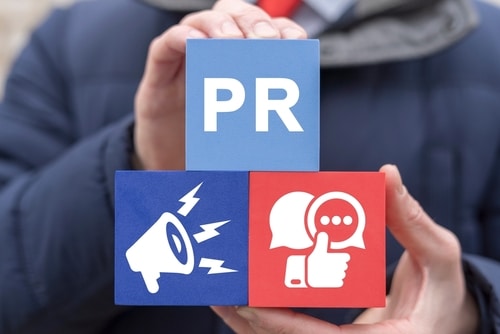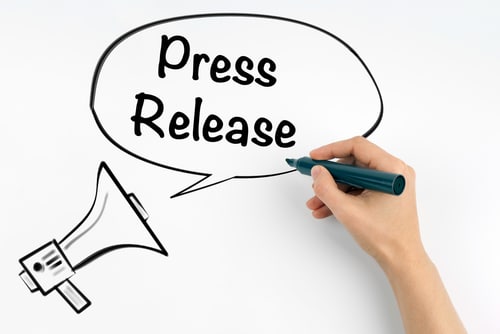Dos and Don’ts when you have a news story to share
When sharing a news story, it's essential to understand your audience and craft a compelling message tailored to their interests. Additionally, selecting the right channels, timing your announcement strategically, and fostering relationships with journalists can significantly enhance the reach and impact of your story.
Understanding Your Audience
Before sharing a news story, it is crucial to understand the audience that is going to receive it. You should identify their demographics, interests, and preferred methods of receiving information. Whether you are addressing industry professionals, the general public, or a specialised group, a tailored approach will ensure your message will resonate effectively.
Analysing audience behaviour and preferences can significantly influence the success of your news story. By understanding what engages your audience, you can create content that speaks directly to them, enhancing the likelihood of your story being well-received and widely shared.
Crafting a Compelling Message
A well-crafted message is at the core of every successful news story. You should focus on clarity and brevity to ensure your audience quickly grasps the main point. Steer clear of jargon or technical terms that might bewilder your audience, especially if they are not well-versed in the industry language.
The key is to engage your audience with a message that is both compelling and accessible, making them more inclined to share and discuss your news story. Additionally, incorporating a human element or a relatable angle can make your message more appealing. By presenting your news in a way that resonates emotionally or intellectually, you can capture your audience’s attention and foster a deeper connection.
Choosing the Right Channels
Selecting the appropriate channels to share your news story requires a thorough understanding of where your audience is most active. Start by analysing which platforms your target audience uses the most. For instance, if your audience is predominantly younger, social media platforms like Instagram or Twitter may be more effective. On the other hand, if you are targeting industry professionals, LinkedIn or industry-specific forums will be the way to go.
Traditional media channels should not be overlooked. Newspapers, magazines, and television can still offer substantial reach, particularly for certain demographics. Evaluate the strengths of each channel in relation to your specific news story and audience. For example, a visually-driven story may benefit from being shared on platforms that support rich media, such as YouTube or Facebook.
Consider the format that best suits each channel. A press release might be ideal for print media, while a short, engaging video could perform better on social media. Customising your content to fit the format and style of each channel can enhance its effectiveness.
Leverage analytics tools to monitor the performance of your chosen channels and adjust your strategy accordingly. By staying informed about what works and what doesn’t, you can continually optimise your approach to maximise the reach and impact of your news story.
Timing Your Announcement
Timing can significantly influence the reach of your news story. Release your announcement when it is most likely to gain traction and attention. Align your timing with relevant events, holidays, or awareness days to boost the pertinence of your story. Avoid periods dominated by major news events, as these can eclipse your announcement.
Another important factor is the time of day and week for your release. Mornings often see higher engagement as people are catching up on news, while midweek days generally offer more visibility than weekends.
Building Relationships with Journalists
Cultivating strong relationships with journalists is essential for effectively sharing your news story. Begin by researching which journalists cover your industry or relevant topics and understand their interests and preferences. Tailor your pitches to align with their focus areas, demonstrating that you have taken the time to consider their fields and their audience.
Regular interaction is key. Follow journalists on social media, engage with their content, and show genuine interest in their work. Commenting on their articles or sharing their stories with insightful remarks can help build rapport. Networking events, industry conferences, and media briefings provide valuable opportunities to connect in person.
Personalised communication is more likely to capture a journalist’s attention than a generic press release. When reaching out, reference their past work that is relevant to your news story. Provide clear, concise information and highlight why your story would be of interest to their readers or viewers.
You could offer exclusives or first-look opportunities to selected journalists, making them feel valued and increasing the chances of coverage. Be responsive and available to answer any follow-up questions they may have, demonstrating that you are a reliable source of information. By showing respect and understanding for their role, you can foster a productive partnership that benefits both parties.
Measuring the Impact
After sharing your news story, assess its success by tracking media coverage and audience interaction. Evaluate metrics such as social media shares, comments, and website visits to understand how effectively your message resonated. By analysing these data points, you can determine what aspects of your story were most engaging and which areas need improvement.
Use this information to refine your strategies for future news-sharing endeavours. Continually optimising your approach based on measurable outcomes ensures that your news stories achieve greater reach and impact over time.
Want to know more? Email us at [email protected]
Read all about it...
LATEST NEWS

How Startups Can Earn Big Media Coverage with Small Budgets

The Role of PR in the Health Tech RevolutionTransform Your Press Release



